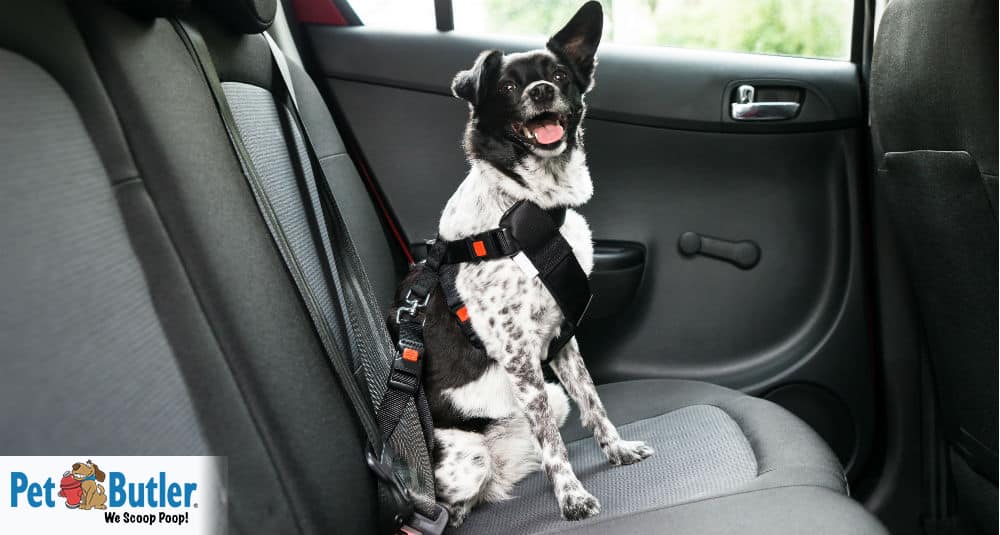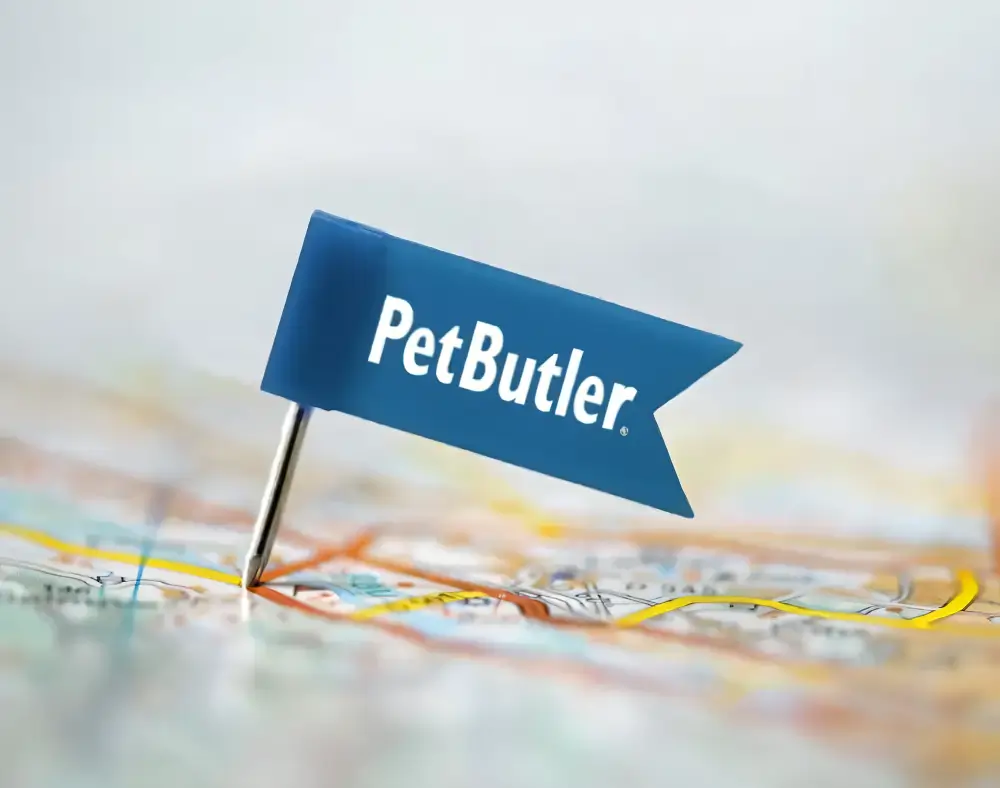June is National Pet Preparedness Month, which gives us pet owners a reminder of what to do in case of an emergency or natural disaster. Natural disasters such as tornadoes, earthquakes, and floods are certainly one category of catastrophe, but what if you were left unable to care for your pet due to sudden illness or injury?
Dogs and cats are among our most vulnerable populations and preparing for any type of emergency or natural disaster is wise. Let’s talk about disaster preparedness with the intention of keeping your pet safe and healthy, and the goal being reunited should you become separated in an emergency.
Pet Emergency Safety Tips
Create an action plan: The first step to prepare for an emergency is to generate a family action/evacuation plan, which includes identifying escape routes from your home, interior spaces with no windows, areas with access to fresh water, as well as boarding facilities, pet-friendly hotels, or family residences where you can stay should you need to evacuate your home.
Helpful tools and resources: If your home isn’t safe for you, it isn’t safe for your pet; make sure to include a labeled carrier and extra leash as part of your supply kit. Mobile apps like the NOAA and ASPCA apps allow you access up-to-date information on weather, pet support and recovery networks, and contain record-keeping features.
Download these apps before you need them. Should you have to leave your pet or if you become separated, make sure to have a sticker visible from outside your house that includes the number and type of animals in the home as well as an emergency number where you can be reached.
Microchip your pet: Permanent microchip identification is recommended for all pets in addition to a collar with ID and can be quickly implanted by your veterinarian. Make sure to keep your contact information as well as your pet’s information current in the online registry.
Emergency contacts: For personal emergencies where your pet may be left alone in your home, designate a neighbor or friend familiar with your pet to assume responsibilities for care. Leave the “foster parent” a set of keys, supply of food and medications as well as feeding instructions and the phone number to your veterinary clinic.
Pet Supplies in Your Emergency Kit
Every family should have a smaller emergency kit suitable for traveling as well as emergency supplies that can keep you nourished and safe in a disaster. In some cases, emergency services may not be able to reach you or provide shelter for your pet for several days.
Keep an additional emergency kit for your dog or cat to ensure their safety. Be mindful that food and medications can expire, so refresh supplies often.
A week supply of canned food and bottled water as well as a two-week stash of medication is ideal. A first aid kit, photo of you and your pet to generate LOST posters, important phone numbers of family members, your vet clinic, and an emergency clinic are critical.
Keep items in waterproof bags and include medical records, a muzzle if needed to transport a scared or aggressive pet, soap, alcohol-based hand sanitizer, self-stick gauze, and plastic bags for pet waste clean-up.
Feeding bowls, a blanket, and a familiar chew toy are good to keep with your pet and may provide some comfort during an emergency. For cats, a pillowcase, hard-sided carrier, and a litter pan and litter are essential.
May you never need to use your emergency kit. But when you’re pets are prepared for an emergency or disaster, the likelihood of safely weathering any storm is high.
Sources
ASPCA Disaster Preparedness


